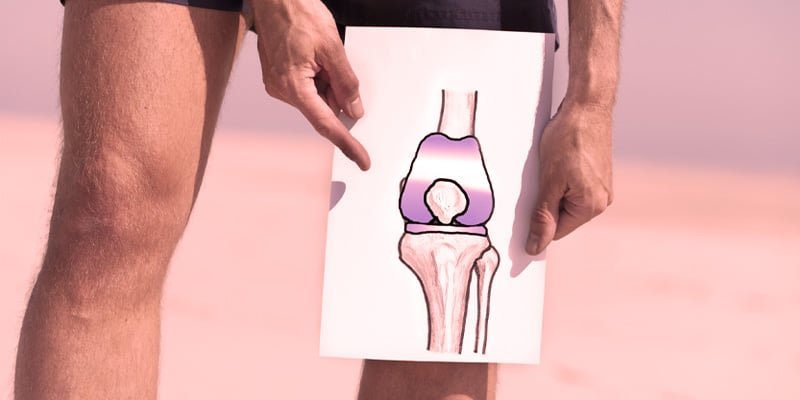Joint replacement surgery involves replacing a dysfunctional joint surface with an orthopedic prosthesis. The treatment is considered in cases where less-invasive therapies fail to eliminate joint pain. A sports doctor can use the following procedures in place of joint replacement surgery:
Stem Cell-Based Therapy
Dysfunctional tissues can be repaired through stem cell therapy. The procedure involves a sports doctor manipulating these stem cells to specialize into nerve or heart muscle cells. Specialized cells can then be implanted into the patient. Doctors use mesenchymal stem cells to treat orthopedic conditions like sports injuries and arthritis. A small amount of body tissue that contains the stem cells that promote healing is grafted onto the areas that need treatment. The cells come from the bone marrow aspirate or the micro-fragmented adipose tissue.
Platelet-Rich Plasma Injections
Platelet-rich Plasma (PRP) treatment supports wound healing in joint injury by using the patient’s tissues, which can be administered alongside other procedures. Platelets have clotting abilities and contain growth factors triggering cell production and tissue regeneration. Doctors place patient blood samples in a rapidly spinning centrifuge to create platelet-rich plasma. After separating it, they inject the solution into the target area like injured knees, tendons, or jaws. The treatment focuses on increasing an area’s growth factors to accelerate healing. It can treat musculoskeletal injuries like jumper’s knee or tennis elbow.
Trigger Point Injections
Trigger point injections soothe myofascial pain in the arms, neck, and shoulder to soothe any discomfort. Trigger points are painful muscle spots that are sensitive to pressure and may form after repetitive micro-trauma that stresses muscle fibers. These fibers get stuck in a contracted state, forming knots. The treatment involves an injection of local anesthetic using corticosteroid or through dry needling. Stretching and physical therapy exercises can be used alongside this treatment. Trigger point injections are an option to treat muscle groups such as the gluteus medius and quadratus lumborum.
Viscous Supplementation
Joint bones have a cartilage cap that helps bones move smoothly against each other. The cartilage’s fluid coating contains hyaluronic acid that acts as a shock absorber and lubricant to prevent friction. Conditions like osteoarthritis can cause the cartilage caps to break down and joint bones to scrape together abnormally, resulting in swelling, stiffness, and pain. Visco supplementation involves replacing the hyaluronic acid to reduce the symptoms. A healthcare provider injects numbing medicine in the space surrounding the knee joint, followed by an injection of hyaluronic acid into the space.
Viscous supplementation is more effective for mild or moderate arthritis and may help avoid joint surgery. In a frequent amount of instances, the standard hyaluronic acid injection site is the knee. Healthcare providers can apply an injected or sprayed local anesthetic around your joint to prevent discomfort and use imaging to find the right spot for the injection. Excess fluid is removed from the joint before beginning the procedure. Determining the number of injections needed will depend on the medicine used for treatment.
Contact a Sports Doctor Today
Regenerative medicine protocols like stem cell therapies and platelet-rich plasma have the potential to effectively treat joint discomfort. These treatments benefit sports and fitness enthusiasts of all levels. Contact a reputable sports doctor to learn about their surgery-alternative joint treatment techniques.



